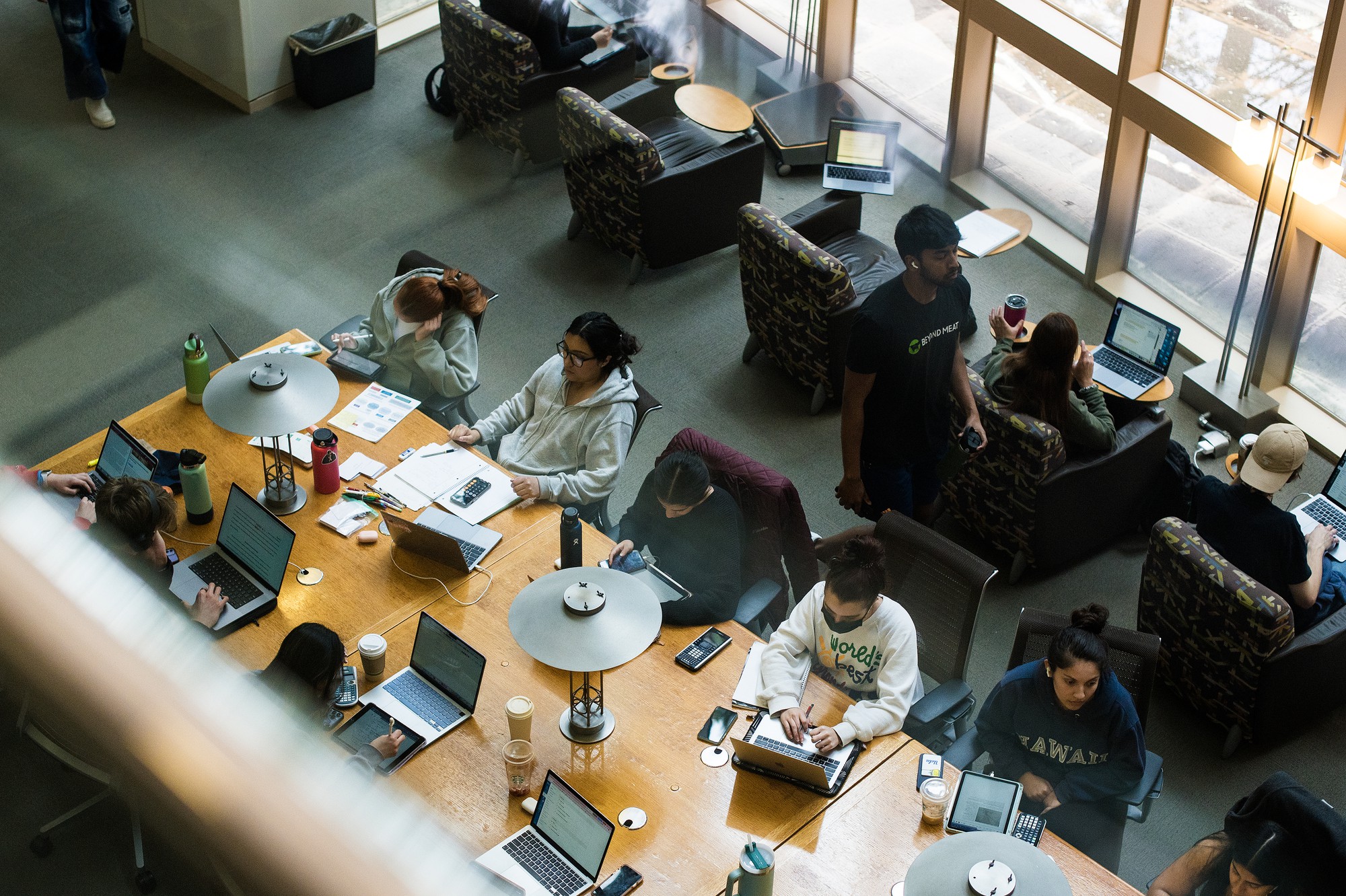There is no doubt that a year of school on Zoom had a significant impact on the learning experiences of millions of students throughout the country. What used to be three-hour-long in-person exams became 25-question take-home tests, and students were disincentivized to learn. During the beginning of the COVID-19 pandemic, cutting corners in classes became easier and more accessible.
However, after a year of in-person learning, many wondered if exams would return to how they used to be.
When the COVID-19 pandemic hit, those three-hour-long exams came to a grinding halt. Professors were concerned about students keeping their grades up at such a difficult time and had eased up on their class policies. In the following quarters, classes slowly trickled back in person.
Following the transition back to pre-pandemic teaching, take-home exams were less common but still a popular form of assessment. Especially on North Campus, professors continued to be more accommodating of students than before the pandemic. Emma Brown, an alumna who had studied English, said, “Professors are very accommodating and a bit more lenient with due dates, and if you need an extension or something happens, they’re more than willing to work with you on that.”
In this sense, the change was positive. It forced professors to take their student’s circumstances and wellness into more consideration. However, professors worried that students weren’t learning as much as they were pre-pandemic.
Brianna Rose Hewitt, an alumna who studied communications, said, “I definitely have heard professors mention how they’ve had to change their syllabus or coursework after COVID, just because students have a different mindset or different abilities than students before. I also see that expectations are different, that people have the idea that it’s easier to obtain an A.”
Despite the alleged grade inflation, students were accustomed to shorter exams that required less studying and were reluctant to go back to the way things were. When professors opted for difficult exams, students were stressed. Hewitt said, “I don’t think there’s much of a change right now between pre-COVID me and post-COVID me, so I’m very grateful for the professors who are still more lenient on the test-taking and open notes, because it kind of helps balance out the professors who have transitioned completely back to pre-COVID ways.”
Thus, professors faced a difficult question: How would they ensure students learned the material without ruining their work-life balance and GPA? Where should they draw the line?
Contrary to what some professors may have believed, some students felt they learned the material just as well as pre-pandemic, despite the exam style. Kayla Gerber, an alumna who studied communications, said, “The classes where I learned were the ones that were open-note and essay because then I was able to actually take what I learned and apply it to what I was doing. And now, I feel like most tests are just memorization and are not as helpful for applying the information.”
Professors may have opted for lengthy, in-person exams with the belief that they would help students learn more, despite the possibility of this being false. The pandemic and an emphasis on mental health changed how students saw themselves and their responsibilities. Especially in college, where much of the learning is independent, professors may have had to learn to sit back and let students take responsibility for their learning.
What the issue boiled down to was the transition back to “normal.” The pandemic fundamentally altered many expectations and norms, and returning to them after two years was uncomfortable and unwanted by many.
Thus, during and even after the transition, voicing students’ preferences to their professors is important. Through course evaluations and conversations, students can continue to have a say in their learning.
__
Featured Photo by Julia Gu/BruinLife

